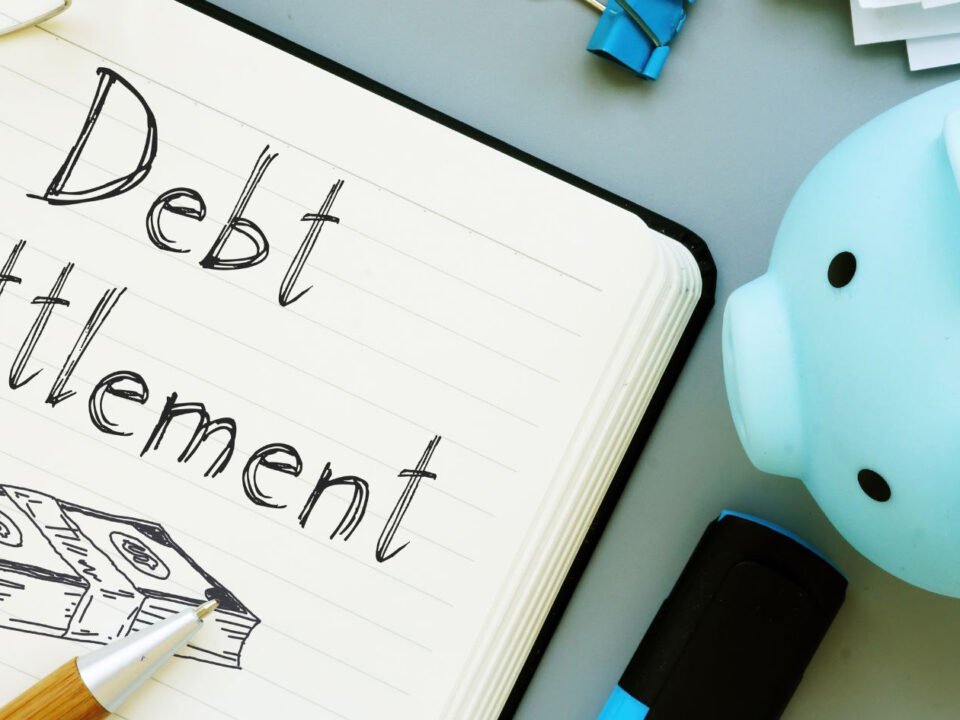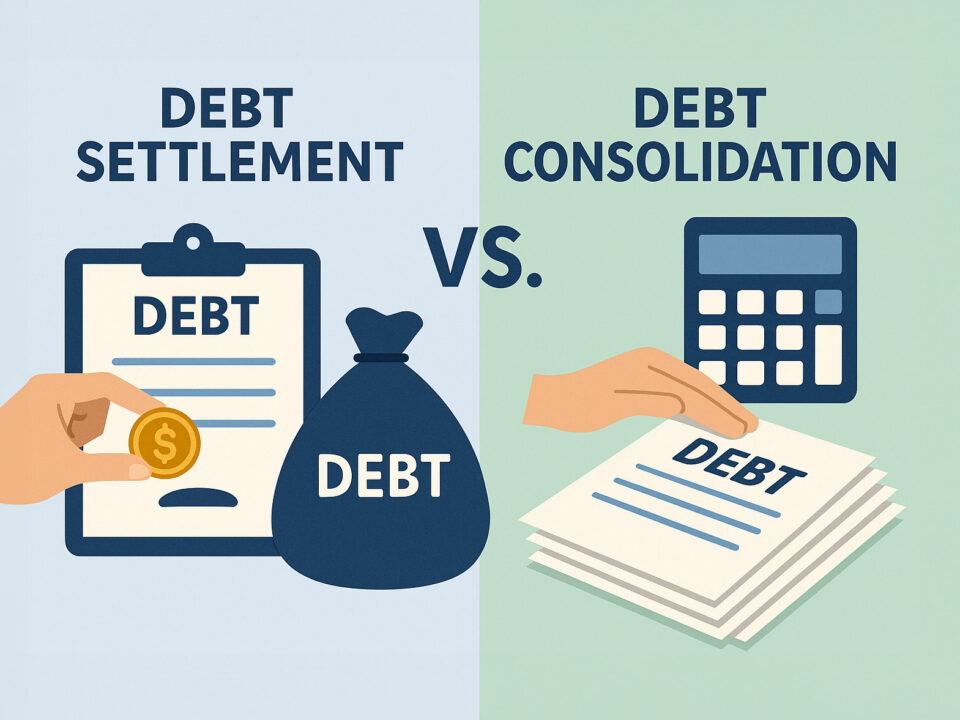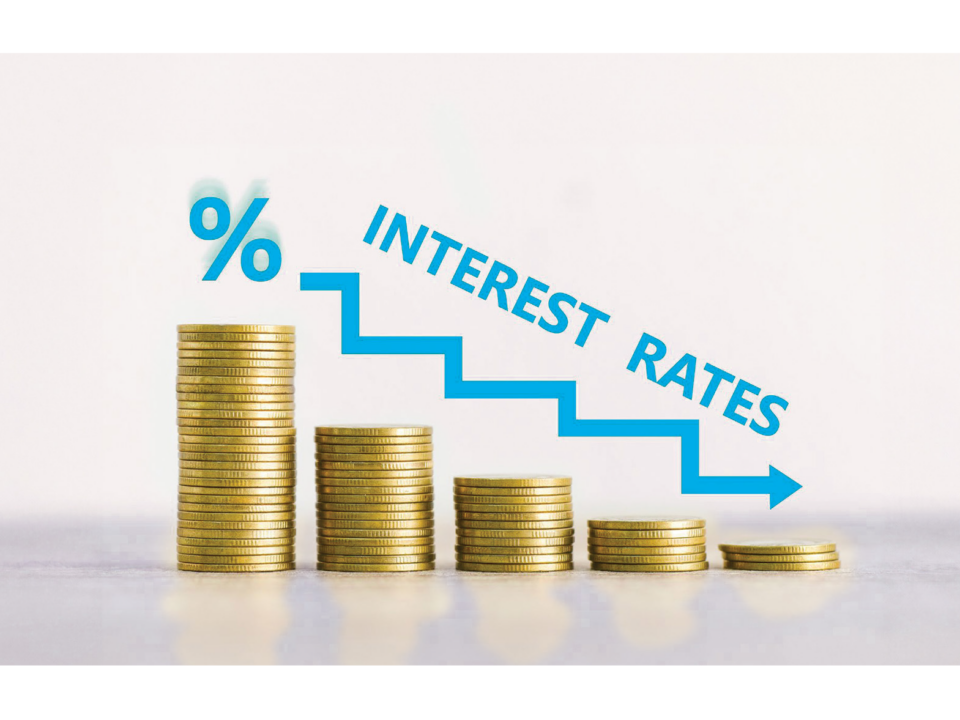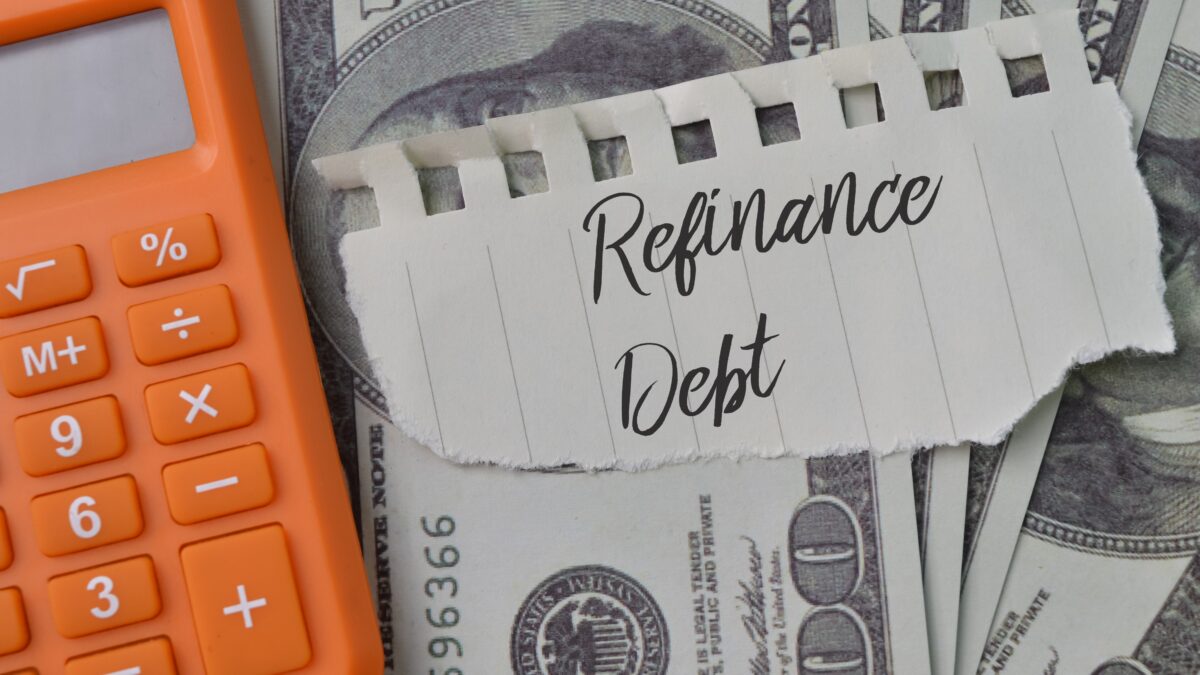
Nobody ever wants to fall into a mountain of credit card debt, but this can happen for many reasons. If you find yourself in this tricky situation, you have a few options to manage your debt. One such option is credit card refinancing, which can help lower your card’s interest rate to reduce your financial burden.
So, what is credit card refinancing? And how can it help you pay off your debt? Check out this guide to find the answer to these questions and learn more about the process. This way, you can take charge of your finances and avoid growing your credit card debt further.
What is Credit Card Refinancing?
Credit card refinancing involves moving your credit card balance to another card or lender with a lower interest rate. Generally, there are many ways to refinance your credit card, but the two most common are through balance transfer cards or loans. Get to know more about them below.
Balance Transfer Card
As its name implies, a balance transfer card is a type of credit card that allows you to roll over your balance from an existing credit card account. In most cases, the card comes with a 0% APR for an introductory period of around 12-18 months to give you leeway to pay off your credit without racking up interest. However, you’ll need to pay a 3-5% balance transfer fee upfront to move your balance.
Loan
Another common way to refinance your credit card is by applying for a loan, such as the following:
- Personal Loan. In most cases, personal loans come with fixed interest rates and fixed repayment periods. Their main advantage is they often come with lower interest rates and longer repayment terms. Thus, you have more time to pay your outstanding balance and can potentially lower your minimum monthly payment.
- Cash-Out Refinance. You can also refinance your card through a cash-out refinance, which is applicable if you have equity in your home. Essentially, you’ll replace your current mortgage with a larger one to receive the excess in cash, which you can then use to pay off your credit card debt.
(401)k Loan. If you have a retirement plan set up, you can take out a low-interest (401)k loan to help you refinance your high-interest credit card debt. However, this option is usually considered the last report since getting a loan will reduce your retirement fund, which grows tax-free.
Credit Card Refinancing vs. Debt Consolidation
You may have heard of debt consolidation if you’re familiar with debt management methods. Many times, credit card refinancing and debt consolidation are confused with each other since they share the same goal of reducing your debt to make it easier to pay off.
However, one main difference between credit card financing vs. debt consolidation is the number of credit cards involved. Where refinancing can be used for one or multiple cards, debt consolidation is only applicable when dealing with multiple credit cards.
Technically, you can consider debt consolidation as a way to refinance your credit card. For example, balance transfer cards and loans are also used to consolidate debts. But there’s also such a thing as a debt consolidation loan, a type of personal loan with more favorable loan terms like lower interest or monthly payments.
Want to explore more options? Read more tips and articles about financial management.
How to Consolidate Credit Cards Debt Without Hurting Your Credit
How to Compute Minimum Payment on Credit Card
Benefits of Credit Card Refinancing
Now that you better understand what is credit card refinancing, here are a few key benefits of this method:
- Lower Interest
The most apparent benefit of credit card refinancing is lower interest. With a balance transfer card, you can take advantage of the 0% interest introductory period to repay your debt early. Similarly, most loans come with lower interest rates than credit cards, so you can save a significant amount of money.
- Quicker Debt Repayment
Sky-high interest rates from credit cards are notorious for racking up debt. Before you know it, you might have accumulated thousands of dollars in interest alone, causing you to pay much more than you spent. So by refinancing your debt to a lower-interest account, you can ultimately pay off your debt faster.
- Improved Credit Score
When applying for new lines of credit, your credit score will usually take a slight hit since lenders perform a hard inquiry to check your credit report each time. However, it’s important to note that the drop will only be minor and temporary. In the long run, you can lower your credit utilization and take charge of your debt to increase your credit score.
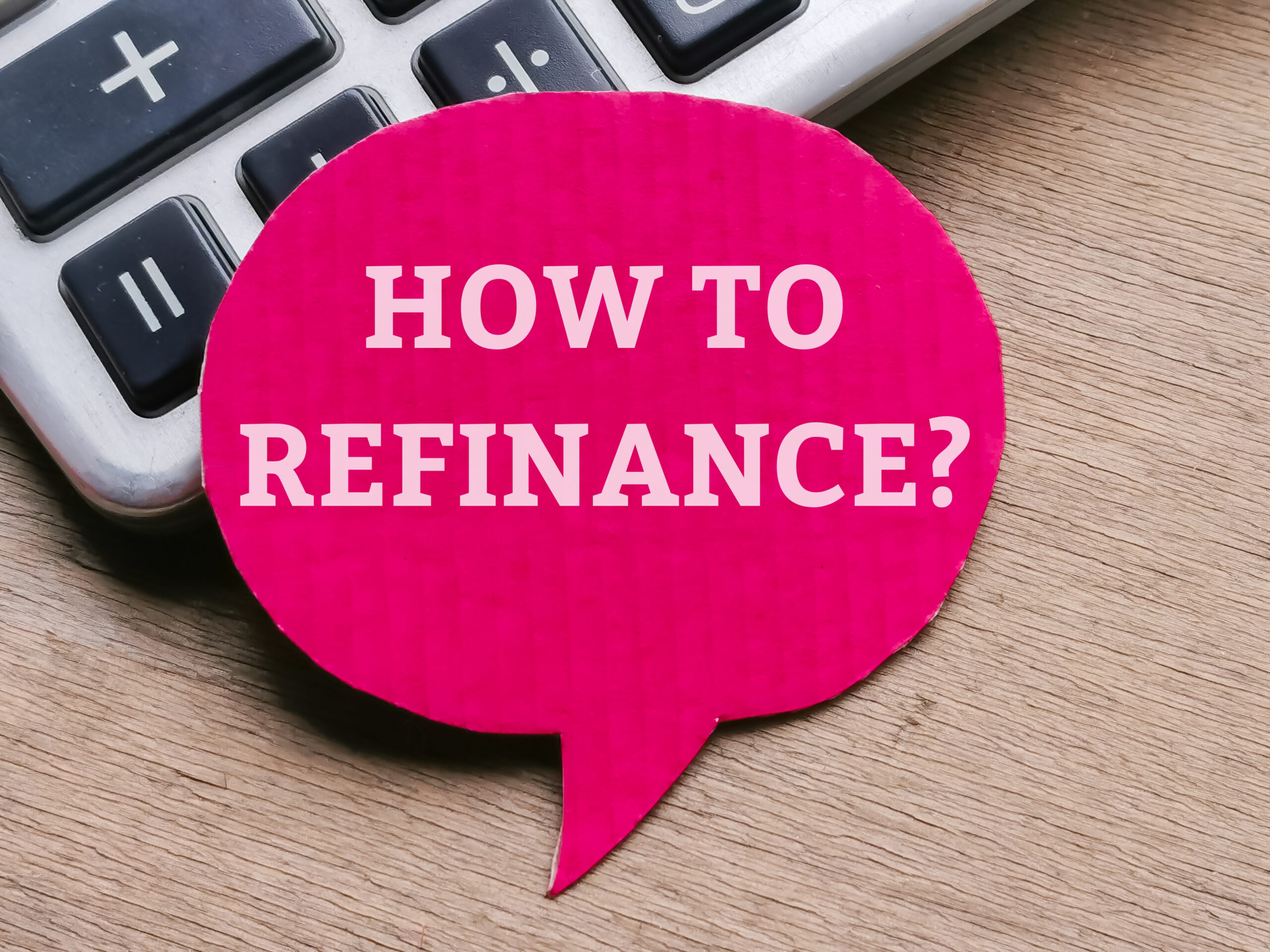
Things to Watch Out For When Refinancing Your Credit Card
If you’re interested in refinancing your credit card, it’s important to note a few things before you jump into any decisions. To guide you through the process, check out some key things to watch out for:
- Associated Loan Fees
Loans may come with additional fees beyond interest, so it’s important to double-check these beforehand to ensure you aren’t paying more for the loan. For example, personal loan fees include application fees, origination fees, prepayment penalties, late payment fees, and returned check fees.
- Credit Score
Depending on what credit card refinancing method you plan to use, you may need to fulfill some credit score requirements. For reference, balance transfer credit cards require a good to excellent credit score of at least 670, while personal loans require a minimum score of 610 to 640.
- Spending Habits
It’s also important to watch out for your spending habits. While credit card refinancing can reduce your financial burden, you’ll still need to pay off your debt. So if you continue spending without care, your situation won’t be any better than now.
Need help? Try checking online calculators that are of interest to you.
Credit Card Minimum Payment Calculator
Alternatives to Credit Card Refinancing
As beneficial as credit card refinancing may be, it’s not always the best option for everyone. So if you want to manage your debt differently, here are some alternatives you can explore:
- Do-It-Yourself (DIY) Approach. While not necessarily recommended, one alternative is to plan your repayment schedule manually. This entails assessing your current finances, budgeting, possibly negotiating with creditors, and the like.
- Debt Management Plan. Another alternative is to work with a credit counseling agency to build a debt management plan or a repayment schedule. Your counselor will help you reach out to creditors to notify them of the plan and ask for concessions like lower interest. You’ll then send your monthly payments to the agency, which forwards these to your creditors.
Get a Lower Interest Rate on Your Credit Card with Prudent Financial Solutions
Overall, credit card refinancing is a great way to work towards becoming debt-free. If you’re interested in taking this route but not sure where to start, you can use Prudent Financial Solutions’ debt payoff calculator to determine how long it’ll take you to pay off your credit card debt. We’ll then help you find the perfect refinancing option for your case—and rest assured, you’ll get a lower interest than your current credit card.
To get started, contact us today at (877) 612-3246. We’ll help you learn more about what credit card refinancing is and walk you through your options.
We’ve helped many people, just like you! What we offer;

